In this tutorial, you will learn how to install windows 11 on an unsupported PC like this
System requirements I recommend at least
- CPU – Intel(R) Core(TM)2 Duo CPU
- Ram – 2 GB
- GPU – Onboard 256 Mb
- System type – must be a 64-bit operating system, x64-based processor
I recommend running Windows 11 smoothly ( Make sure older systems than this can install Windows 11 but it won’t run smoothly and will get stuck.)
Let's Begin the installation
Method 1: Using Rufus to create a bootable USB installer
Rufus is a free utility that can be used to create bootable USB drives. It can also be used to bypass the hardware checks for TPM 2.0 and CPU generation during the Windows 11 installation process.
To use Rufus to install Windows 11 on an unsupported PC, you will need:
- A USB flash drive with at least 8GB of storage space.
- The Windows 11 ISO file.
- Rufus.
Once you have all of the necessary files, follow these steps:
- Connect the USB flash drive to your PC.
- Open Rufus.
- Select the USB flash drive from the “Device” drop-down menu.
- Click the “Select” button and browse to the Windows 11 ISO file.
- Make sure that the “Partition scheme” and “Target system” options are set to “GPT” and “UEFI (non CSM)” If your system is GPT and set MBR If your system is mbr. (To check it In Disk Management, right-click on the Disk that you want to install windows 11, then click on Properties, and it will open a new window. Go to the ‘Volumes’ tab and there you will find Disk Information
6. Click the “Start” button to create the bootable USB installer.
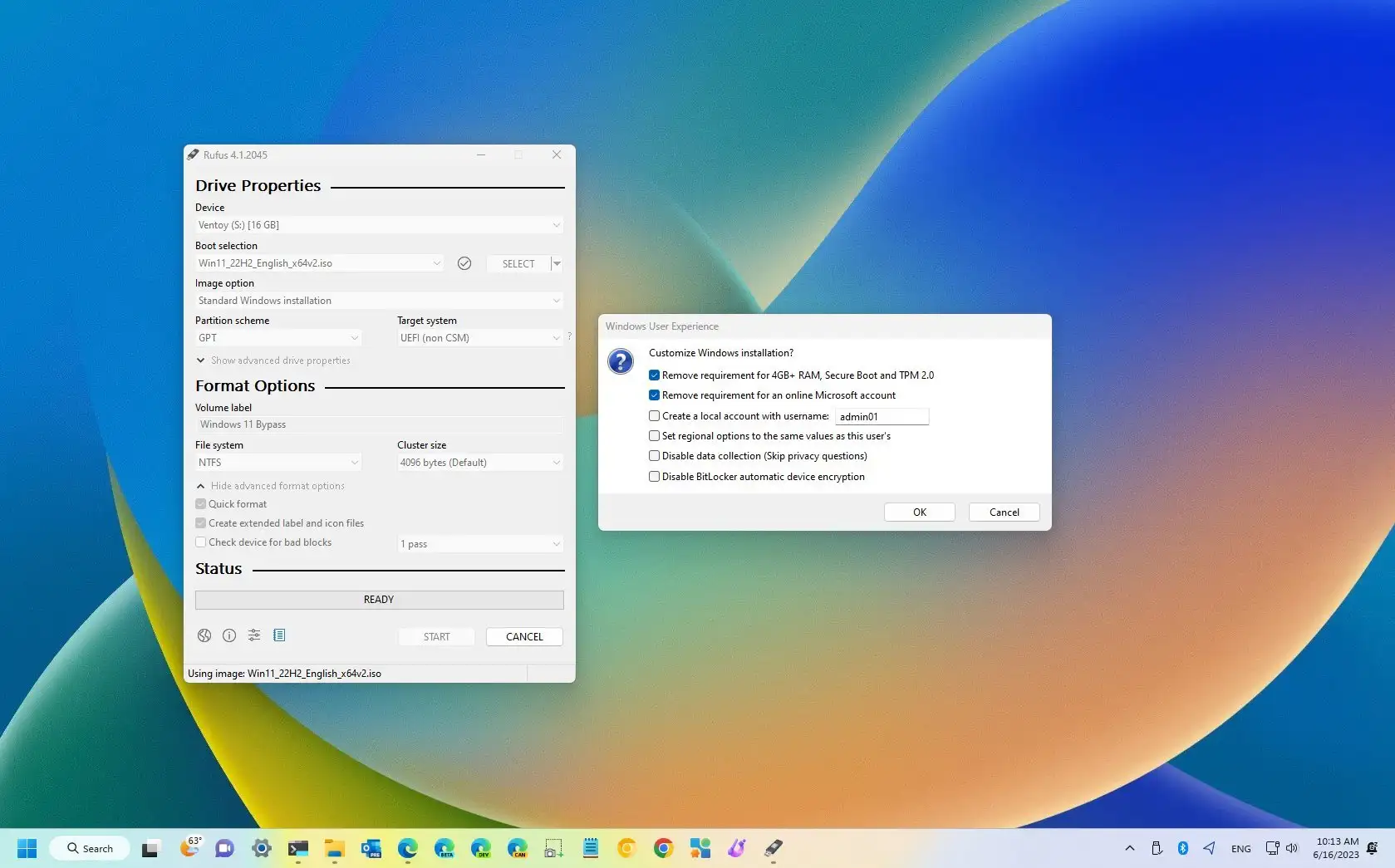
7. Next you will ask to remove windows 11 system requirements check them all and click ok. In some versions of rufus you need to check before click start like this.
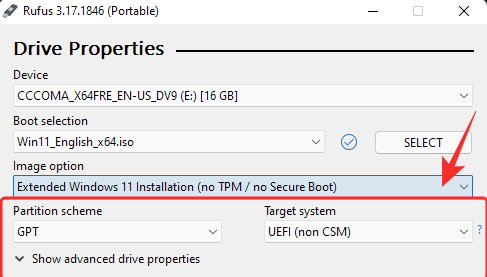
Once the bootable USB installer has been created, you can use it to install Windows 11 on your unsupported PC. To do this, follow these steps:
- Boot your PC from the USB flash drive. ( You need to press the boot key according to your motherboard) here are some boot keys you also can search it on google by searching your motherboard model and boot key.
- Press any key to continue.
- Click the “Next” button.

- Click the “Install now” button.
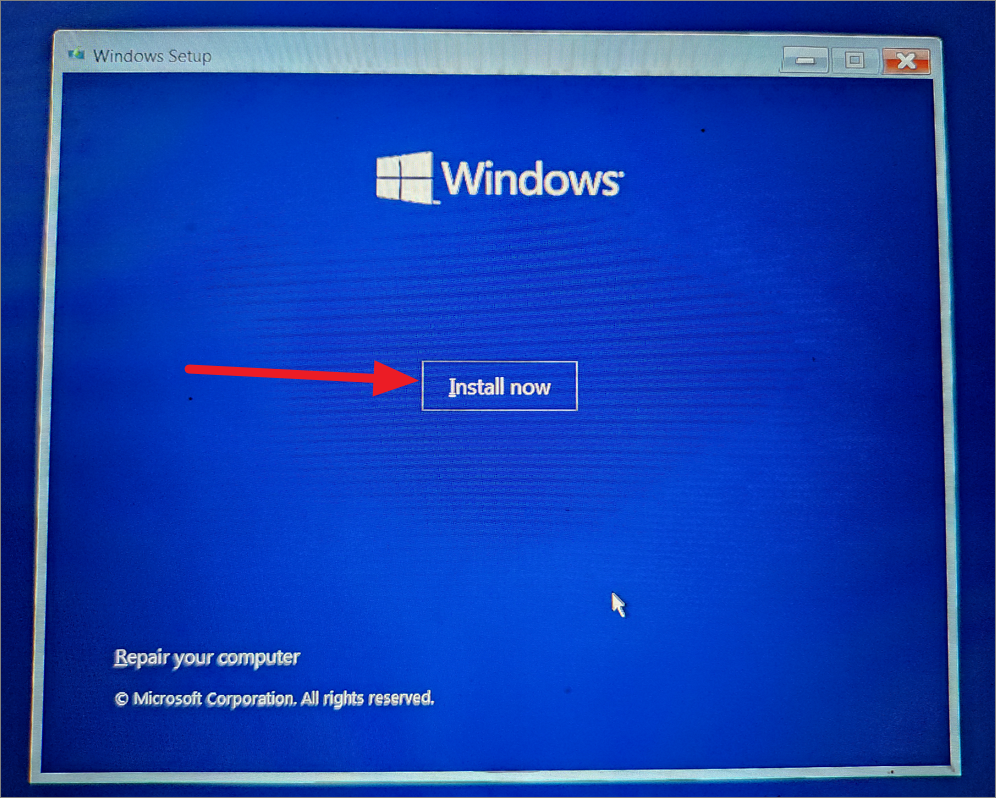
- Click the “I don’t have a product key” option if you are doing a reinstallation.
- Accept the license terms and click the “Next” button.
- Select the “Custom: Install Windows only (advanced)” option.
- Select the drive where you want to install Windows 11 and click the “Next” button.( selected partions data will be loss and windows 11 will install to the selected partition.)
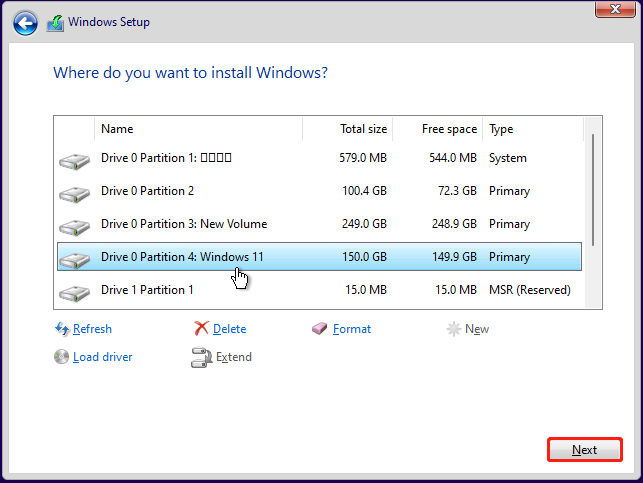
- Windows 11 will now be installed. The installation process will take some time, so please be patient.( it will depend on your system. sometimees it takes 1 hour or more)
- After it installed you will see setup screen with nice animations.
- select your region and continue the setup.
- after you complete the setup it will take sometime to get you into desktop. so be patient.
- After a long time here you installed windows 11 on unsupported pc.
- Next you will need to install the drivers and software you need. I recommend driver booster for install drivers. you can get license keys for free from this website. https://giveaway.tickcoupon.com/iobit-driver-booster-pro-license-key-free/
Method 2: Using a registry hack to bypass the hardware checks
Another way to install Windows 11 on an unsupported PC is to use a registry hack to bypass the hardware checks. This method is a bit more complicated than the Rufus method, but it will work if you are unable to use Rufus.
But you will need to download this reg file. before you install you can copy it to anyware that you can find. dont copy to download, music, video or documents folders unless you wont be able to find it. here is link, https://drive.google.com/file/d/1Zw9Z6oX6_4dN6jM5ScS-v5o_LINsDuKO/view?usp=share_link
- Boot your PC from the Windows 11 installation disk or bootable USB drive.
- Press Shift+F10 to open a command prompt.
- Type the following command and press Enter: ” regedit “
- In registry editor go to file and click open then find the reg file that you downloaded
- Then you can close cmd and continue the installation like before method
Important note: It is important to note that installing Windows 11 on an unsupported PC may cause some problems. For example, you may not be able to join windows insider program to join the insider you will need to use a bypass script, and you may experience performance issues.
Disclaimer – I do not responsible for any corruptions or anything if you get broke. you are responsible to anything done by you.
- Get link
- X
- Other Apps
- Get link
- X
- Other Apps
Comments
Post a Comment